It was 1921 when the Italian film theoretician Ricciotto Canudo (1877-1923) named filmmaking the Seventh Art (Settima Arte in Italian). By this definition, Canudo was alluding to the combination of the six previous arts of architecture, sculpture, painting, music, dance and poetry for the creation of the new art of cinema. The first film screening in history took place on 28th December 1895, in Paris, at the Grand Café, on the Boulevard des Capucines. It was the making of the Auguste and Louis Lumière brothers and their device was called a Cinématographe at the time. The film was a documentary on train stations.
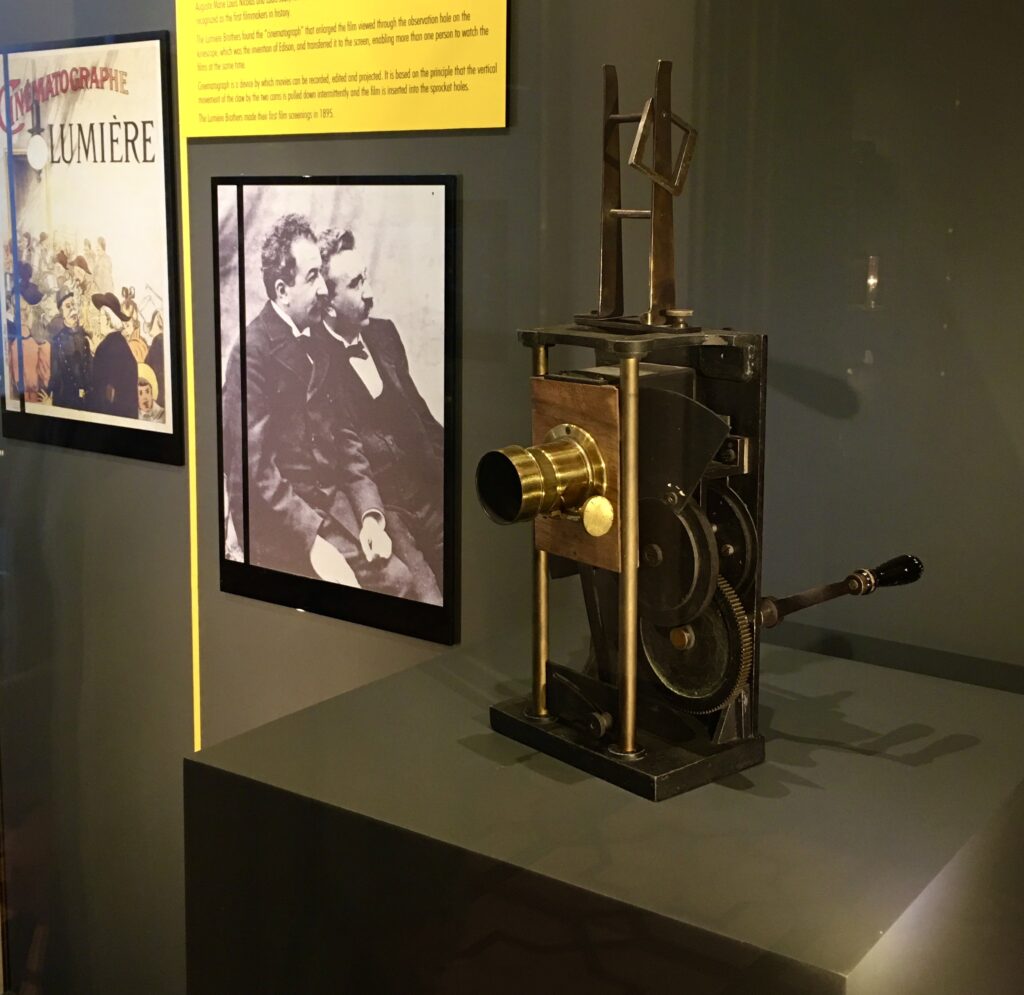
The first film screening in Ottoman lands took place only five months later, in 1896, at the Yıldız Palace of Sultan Abdülhamit II (r. 1876-1909). The Sultan was already very much interested in photography and had a studio at the palace. So, the idea of moving images greatly appealed to His Imperial Highness. While film screening continued at the palace, the Sultan started ordering films from Berlin through the Ottoman Imperial Embassy there.

One of the forebearers of cinematography.
Camera Obscuras are known to have been used since the second half of the 16th century. They contributed to art by facilitating three-dimensional drawing and painting. The Dutch artists Johannes Vermeer (1632-1675) and Rembrandt van Rijn (1606-1669) and the Venetian artist Giovanni Antonio Canal (1697-1768) (a.k.a. Canaletto) are among painters who are known to have utilised the Camera Obscura for their creations. Camera Obscuras were further developed into photographic cameras in the 19th century, .
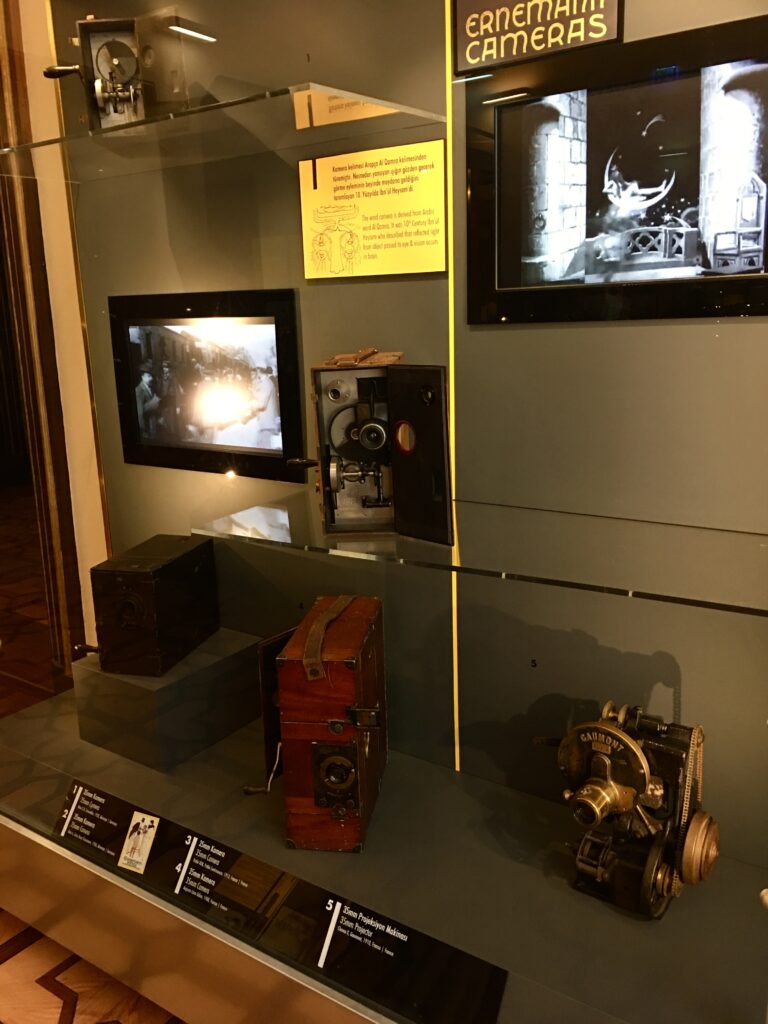
The first public film screening was thanks to Sigmund Weinberg, a Polish Jew born in Romania in 1868. He had a photography studio in Pera (on today’s İstiklal Avenue). He was also the representative of the French company Pathé. The Paris based company was founded in 1896 and was initially specialised in phonograph records. By the early 1900s the company became the world’s biggest film equipment and film production company. Weinberg organised the first public film screening at Sponeck Beer House that used to be across from the Galatasaray High School on the Grande Rue de Péra or the Cadde-i Kebir, that is the current İstiklal Avenue. The advertisements for this show were printed in Turkish, French, Greek and Armenian. It was a great success and soon Weinberg organised repeated sessions in different places.
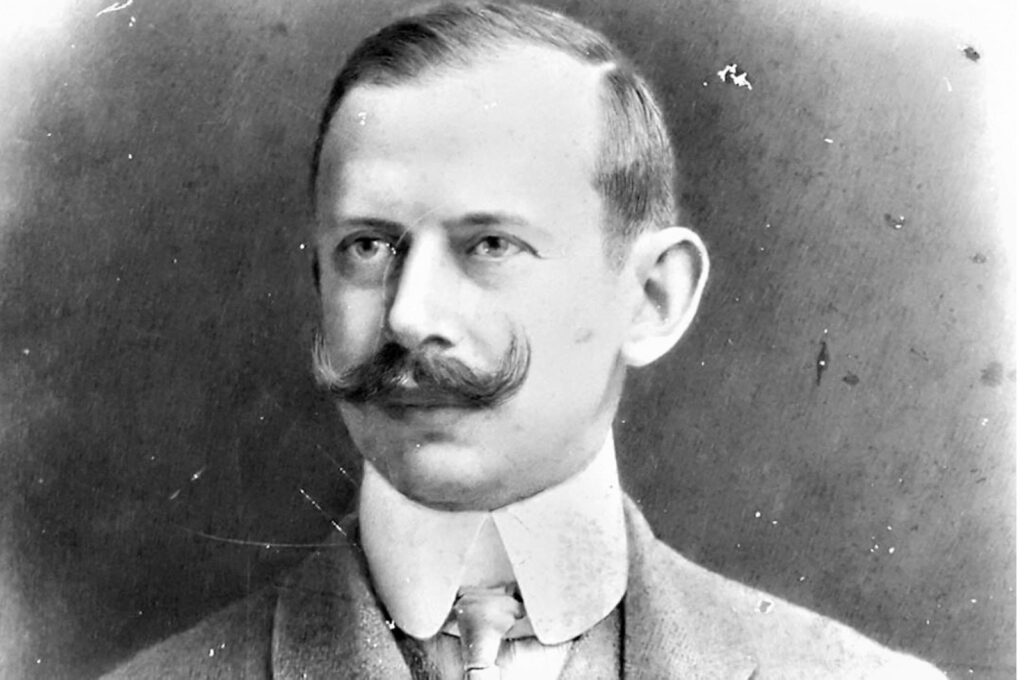
Initially, film screening in Istanbul was mobile. Performances usually took place in venues such as beer houses, coffee houses and such. All of these places were out of bounds for females. Women became acquainted with the art of cinema only by means of private sessions at the rich mansions of the city. A terrible accident occurred during one of these sessions at the mansion of the Chamberlain of the Yıldız Palace of the Sultan, Holozade İzzet Paşa. A big fire broke out due to a glitch in the electrical system and the whole mansion was burnt down. This catastrophe caused a stall in Weinberg’s lucrative business but he soon recovered his loss and in 1908 he opened the doors of the first permanent cinema hall of the city. The name of the hall was Pathé. Other cinema halls were soon to spurt in the area. By then the Ottoman State had already issued a regulation to bring order to the film screening activity. In this way, Muslim or non-Muslim, all Ottoman subjects were given the right to found companies specialised in film screening with the condition of employing primarily Ottoman citizens.
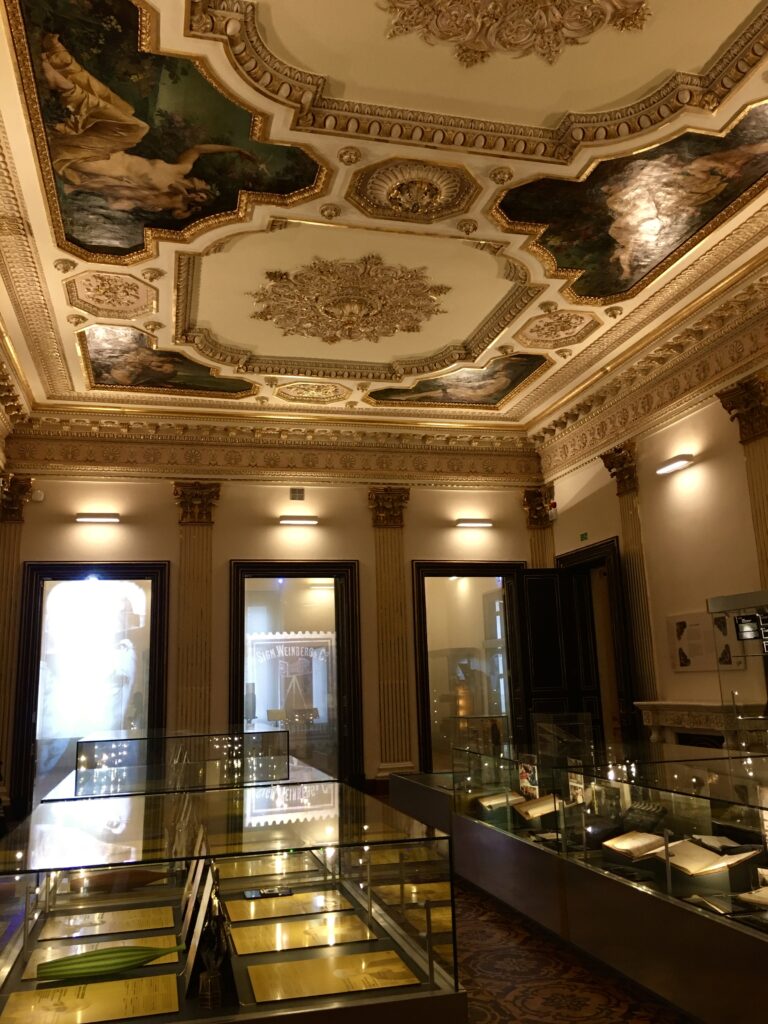
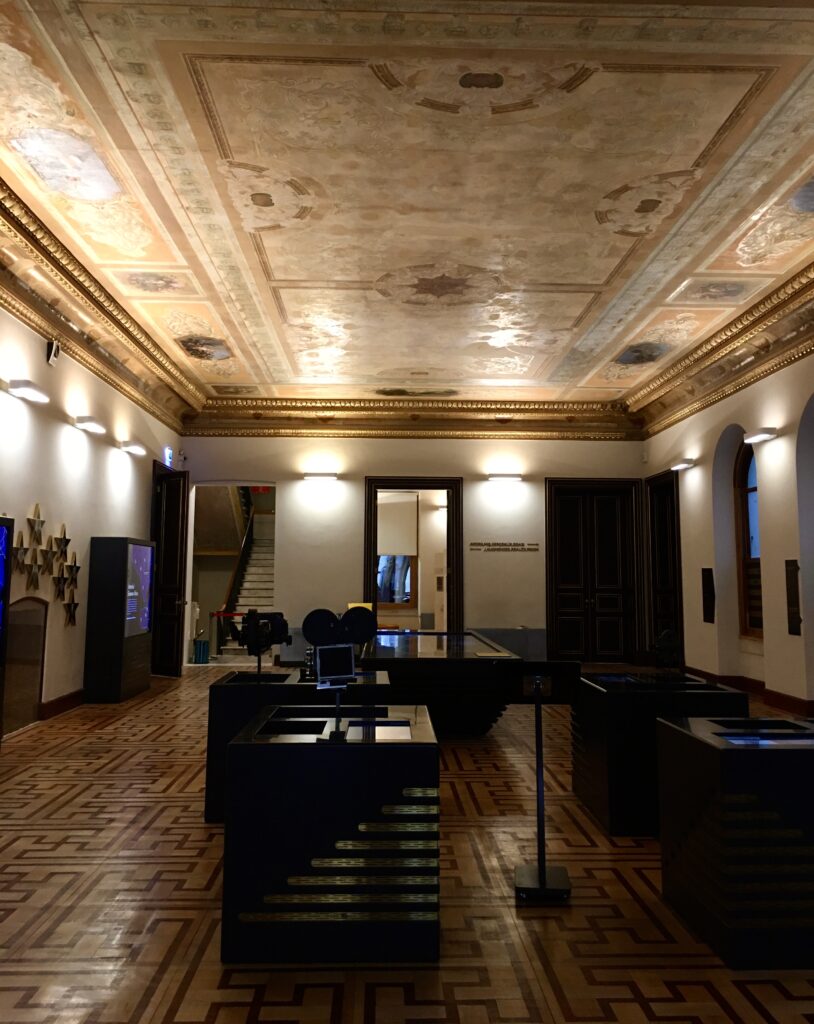
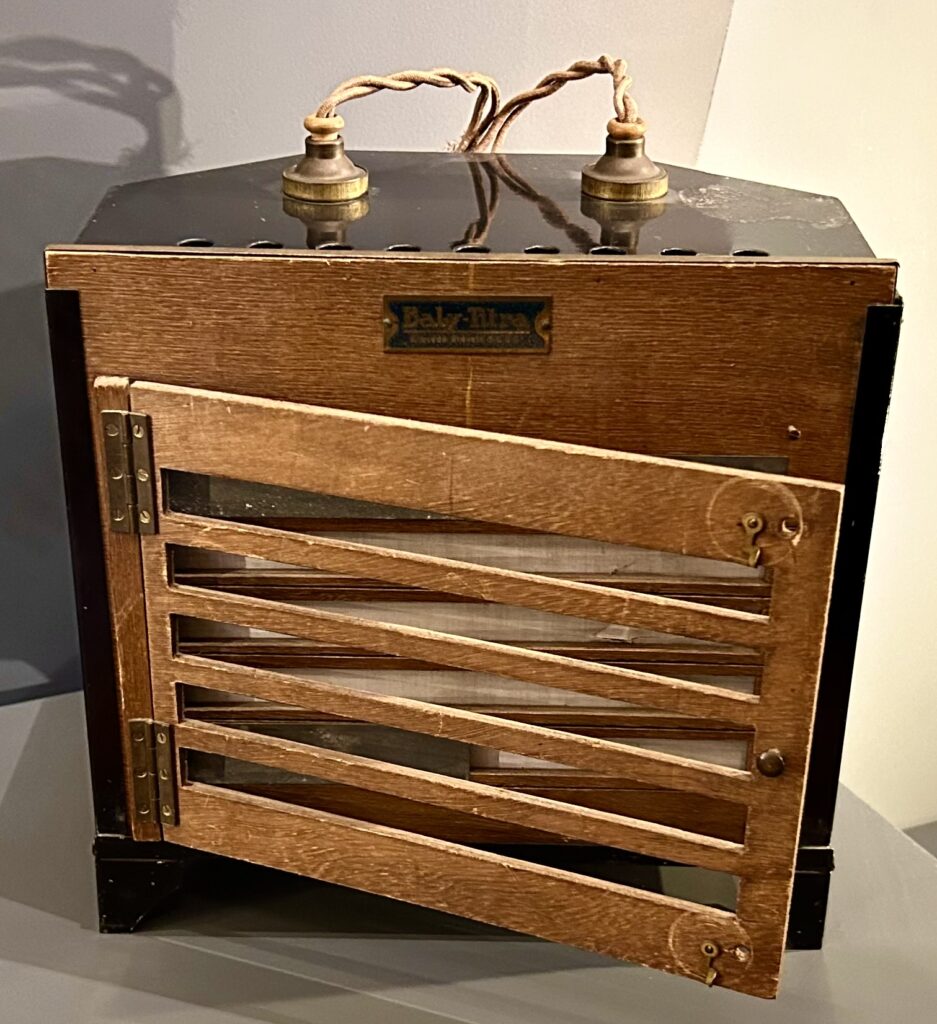
Weinberg’s leadership in the Turkish film industry was not confined to screening. He was also the first to shoot a Turkish film. In 1899 he applied to Sultan Abdülhamit II for permission to shoot free of charge films that would depict how modern the Ottoman Army was. The permission was granted. Weinberg was also to become the founder and head of the Military Cinema Centre in 1915, long after the dethronement of the Sultan.

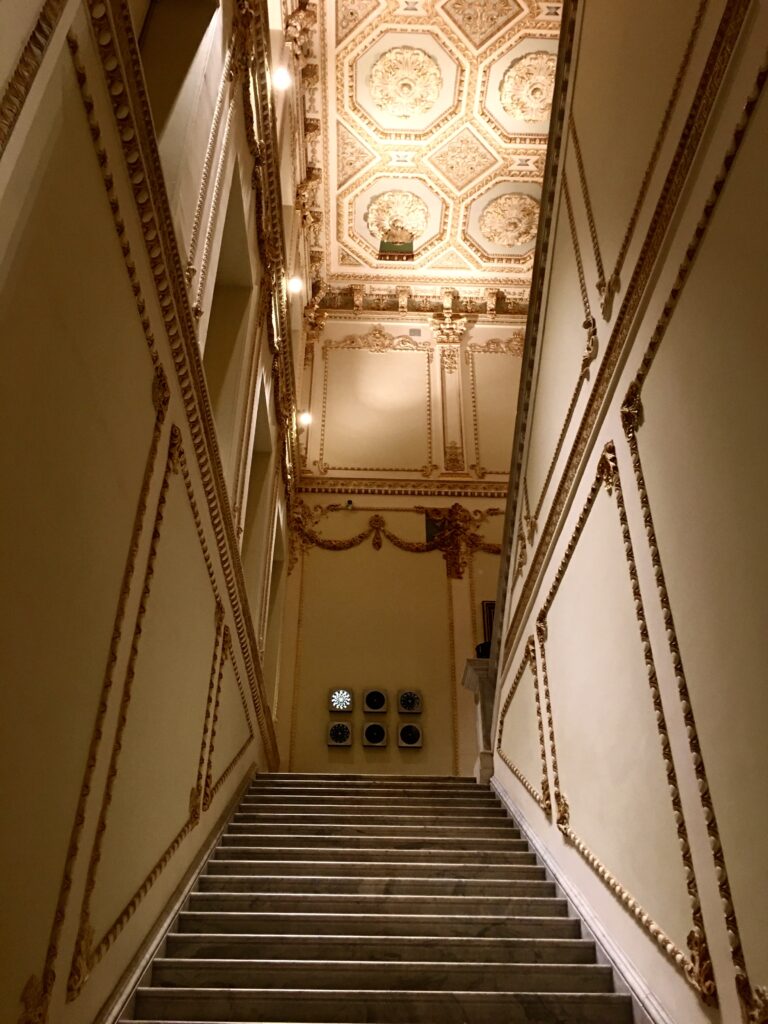
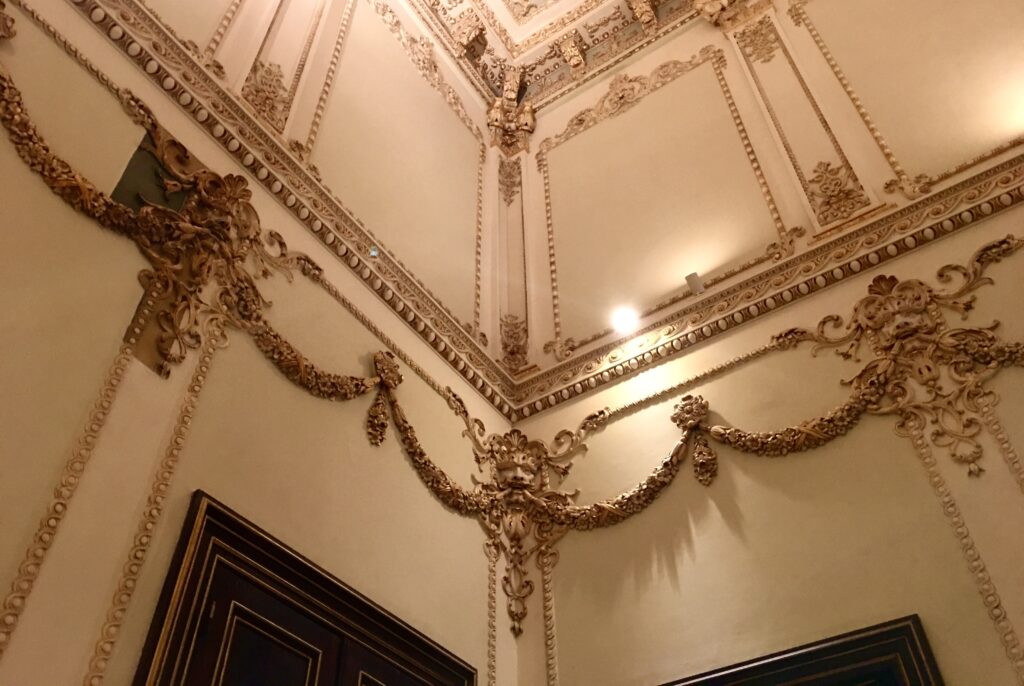
with beautiful garlands and Gargoyles
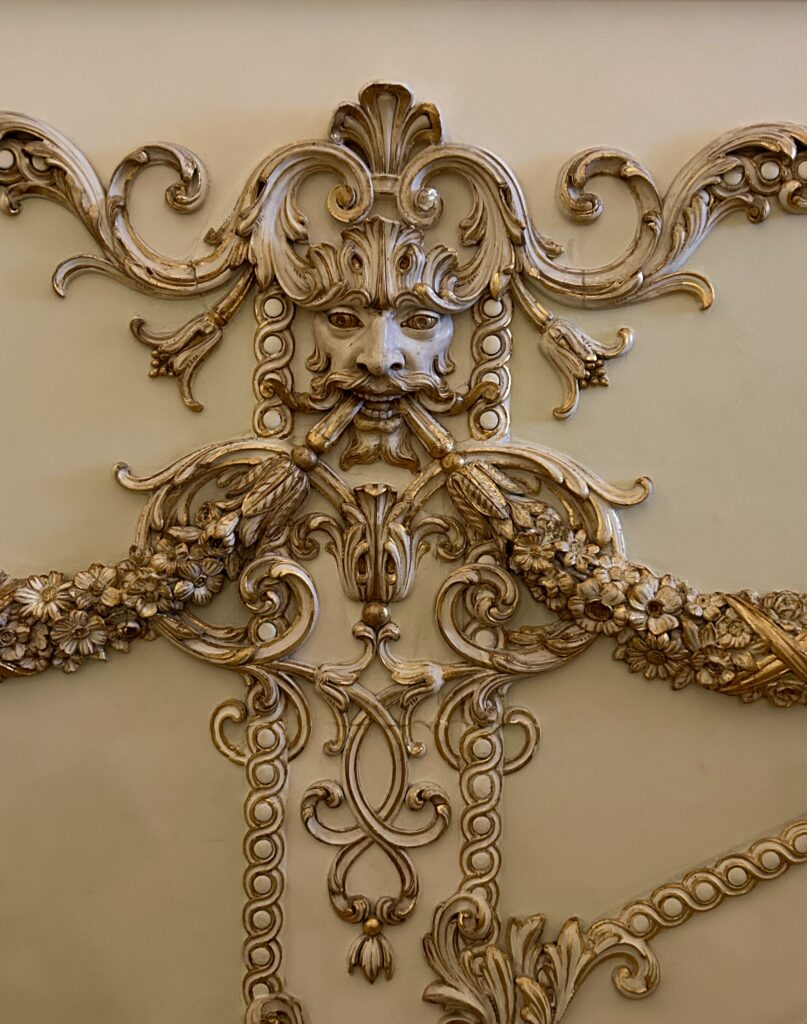
The Istanbul Cinema Museum (ICM) is located at the historical Köçeyan Mansion on the İstiklal Avenue (No: 131). The building is also related to the film industry because part of it was turned into a cinema hall (Atlas Sineması) between seven to eight decades after its initial construction. Agop Köçeyan (Köçeoğlu) was an Ottoman Armenian who belonged to one of the last Armenian banker and money-changer families of the empire. The Köçeyan family had a tradition of building private and public buildings across Istanbul. Agop Köçeyan followed the tradition. He commissioned the construction of a summer seaside mansion (yalı) in Çengelköy (by the Asian coast of the Bosphorus) and this winter mansion on the İstiklal Avenue. In addition to these, he also had a public Turkish Bath built in Kadıköy (on the Asian part of Istanbul). Being very close to the Sultan of the time, Sultan Abdülaziz (r. 1861-1876), Köçeyan desired his private abodes to be no less than palaces worthy of hosting the Imperial Highness. Therefore, special attention was paid to create a majestic atmosphere by means of the architecture and the fine wall decorations. It is believed that the building was constructed after the catastrophic Beyoğlu Fire on June 5th, 1870. According to the art and architecture historian Professor Paolo Girardelli, the neoclassical design of the mansion was inspired by the Palazzo Farnese in Rome. The architect of the building is not known for sure but, some sources claim it is the work of art of the Andon and Garabed Tülbentciyan brothers, Armenian Ottoman architects who also designed other buildings in Beyoğlu for Köçeyan. The beautiful frescoes on the ceilings are by the French artist Dominique Berteaux who came to Istanbul in the 1870s. The part of the building that today serves as a covered passage was initially a stable where rare breed horses were kept. Sometime in subsequent years it was turned into a horse circus for a while but, that was much later.
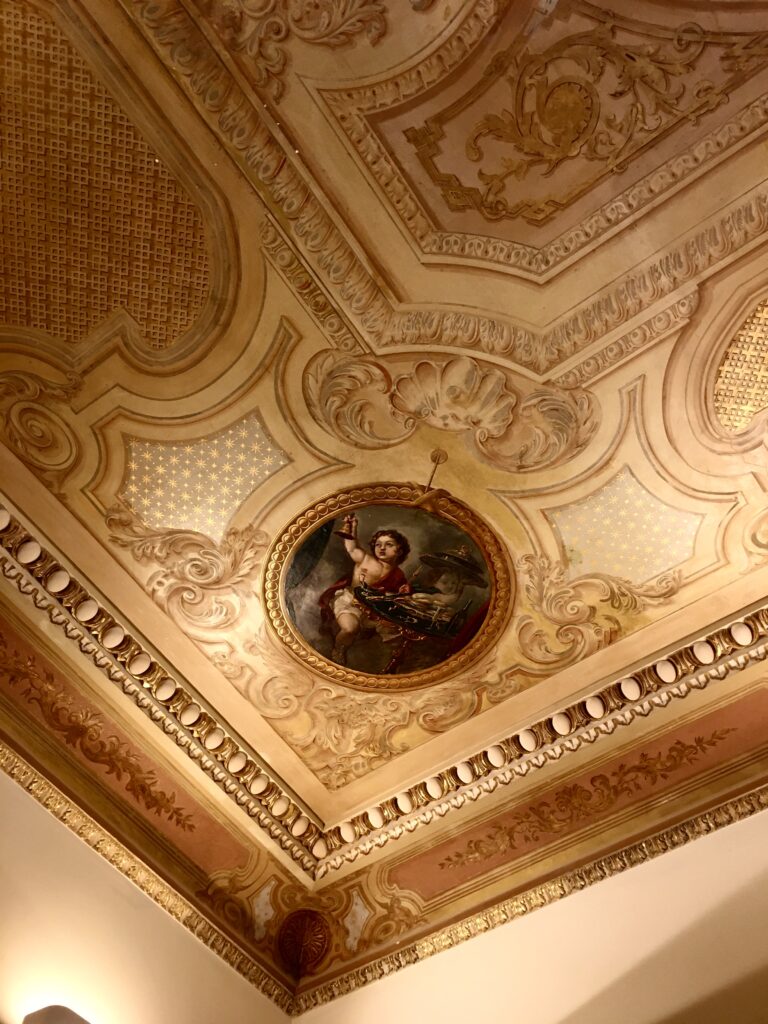
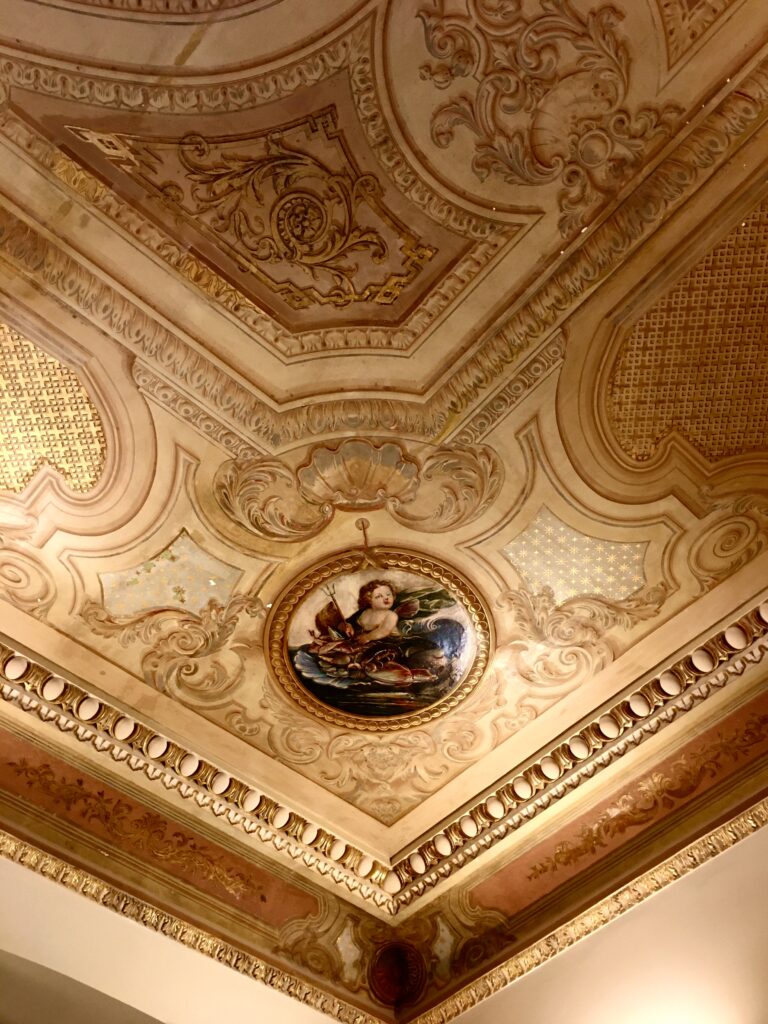
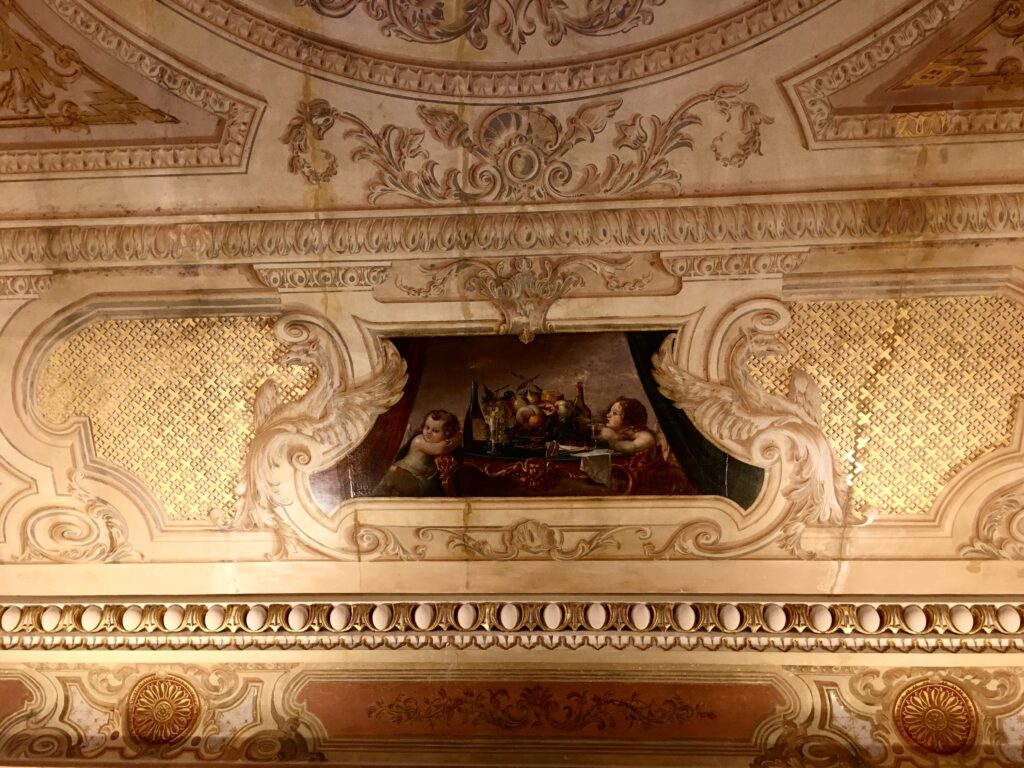
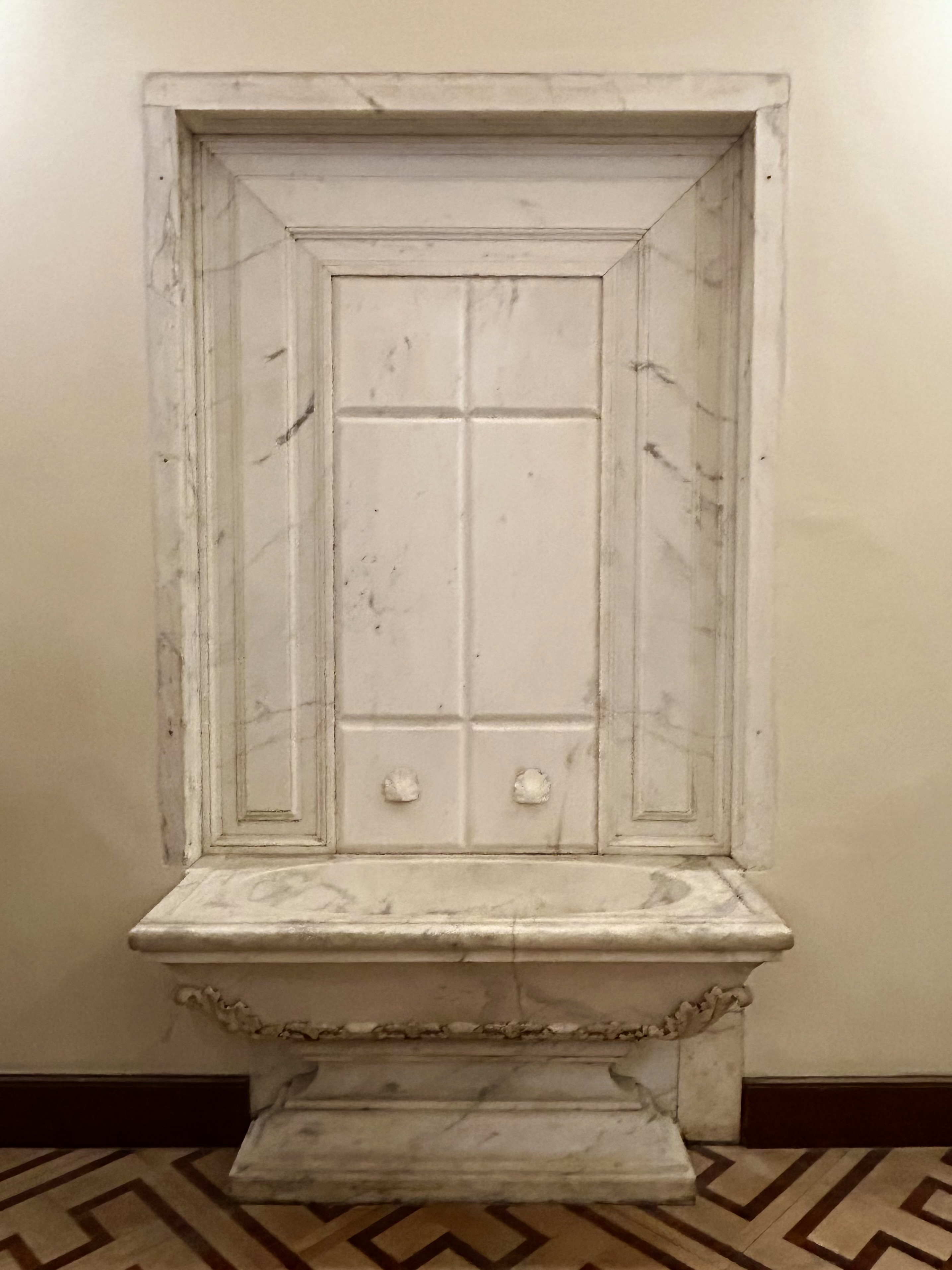
The mansion was donated by the Köçeyan family to the Taksim Vosgeperan Armenian Church when the family decided to move to Europe. Some sources state that it was used as a courthouse by the British during the Allied invasion of Istanbul between November 1918-October 1923. Afterwards it was used as the Head Quarters of Post, Telephone and Telegraph Services. The building became a night life hub during the 1930s and at one point even hosted a cabaret club called Moulin Rouge. In the 1940s the ownership of the building passed on to the Aziz and Ahmet Borovalı brothers. In 1948, one of the largest multi-functional halls of the time was built as the Atlas Cinema in the backyard garden of the building. The mansion was not used for a while after its acquisition by the ill-famed Turkish banker Cevdet Özden (Banker Kastelli) until it was transferred to the Treasuary in 1985. In 1992 it was allocated to the Ministry of Culture and Tourism. The “Atlas Building” and the Atlas Cinema was rendered its original structure after a thorough restoration by the Ministry between 2019-2020. Beautiful original wall and ceiling frescoes and decorations that had been severely damaged or covered were once again revealed thanks to this restoration.
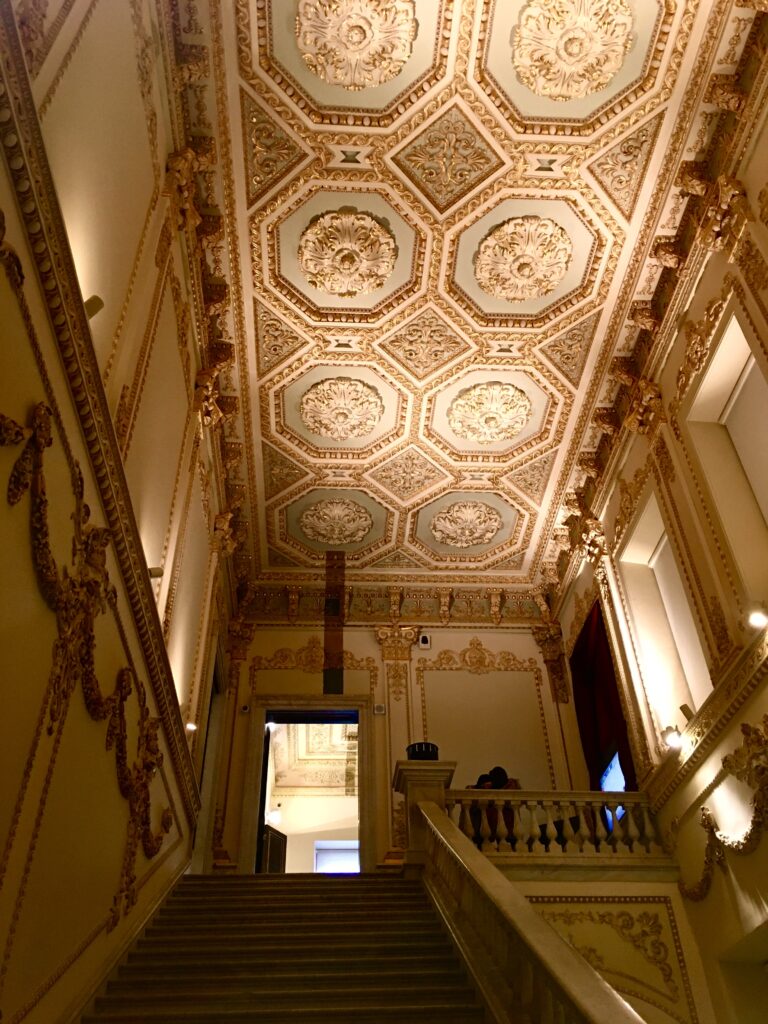
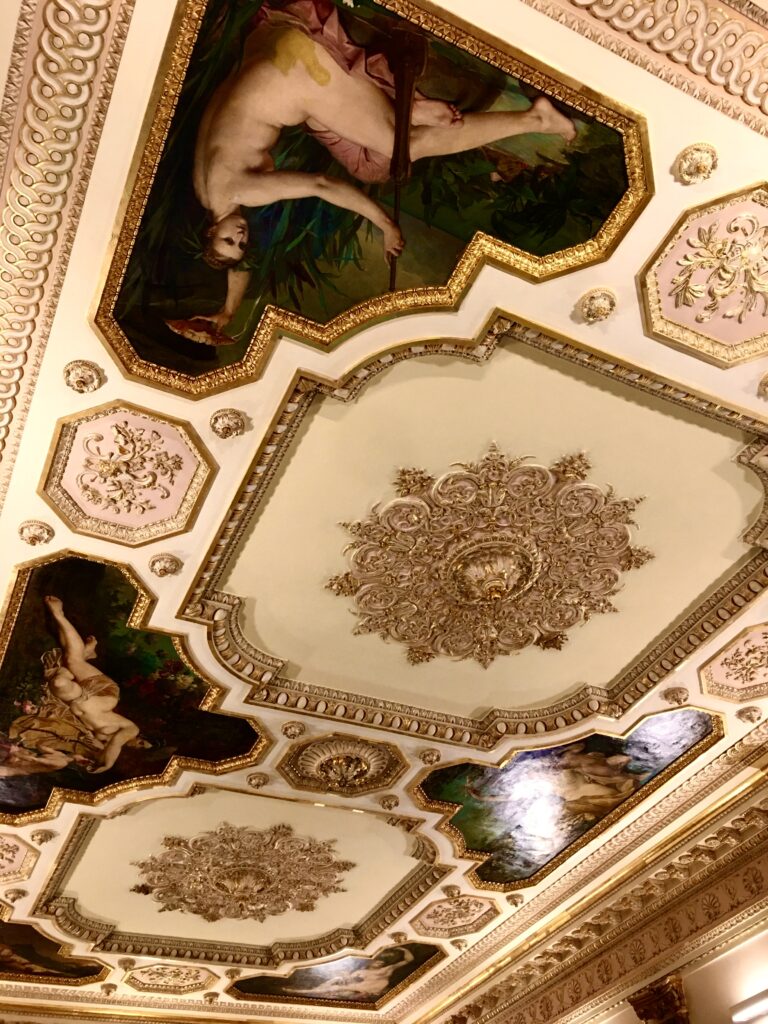
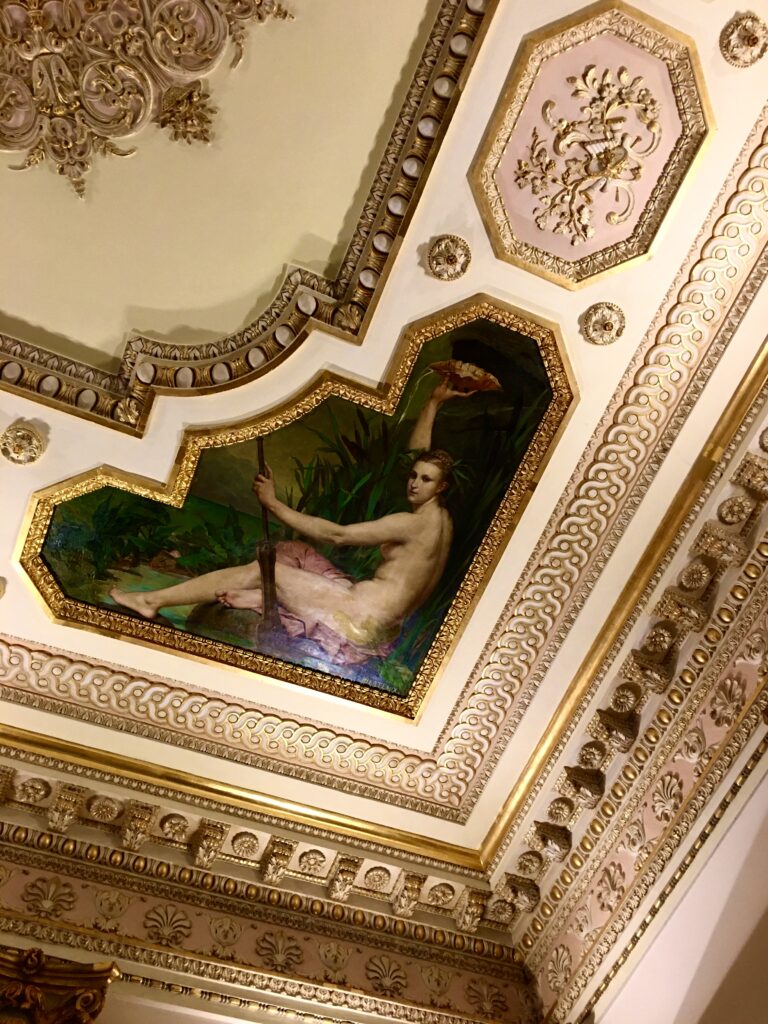
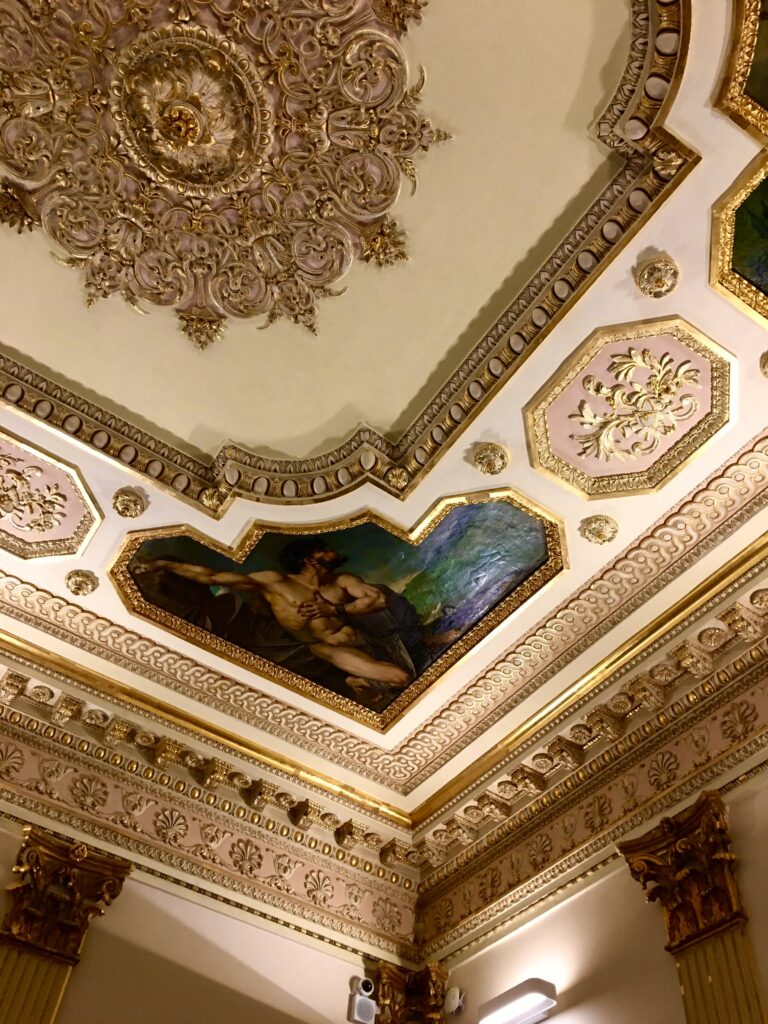
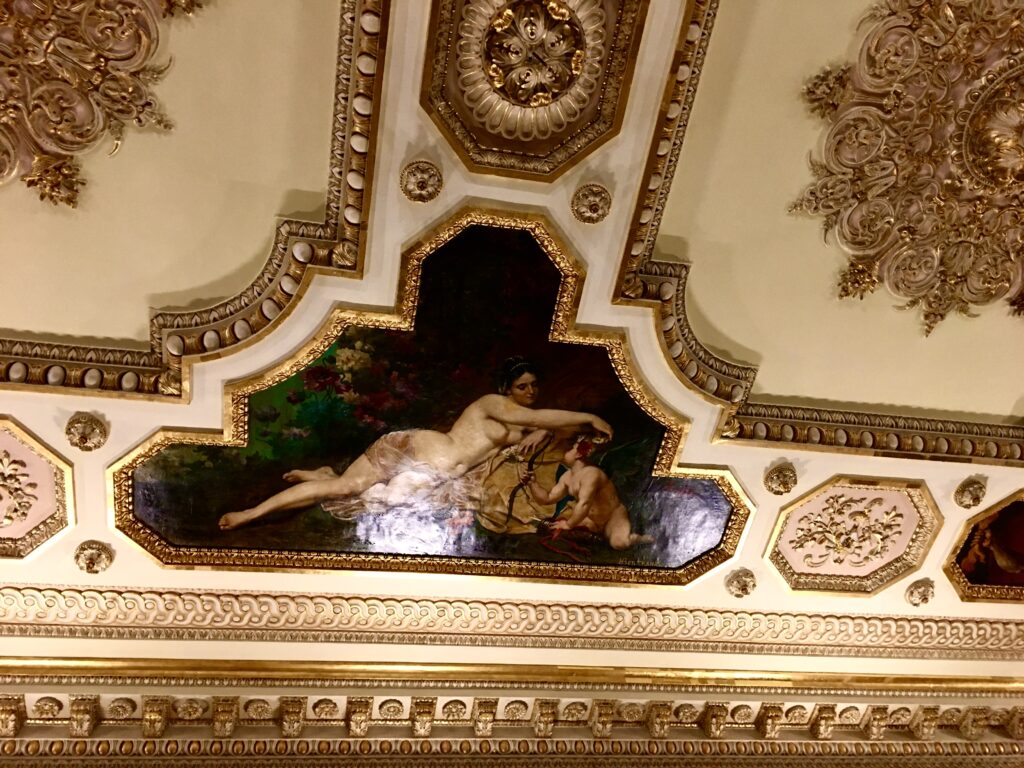
The highlight of the frescoes on the first floor are no doubt the putti that are rare examples of their kind in the historical buildings of Istanbul. The Italian word putto (singular) refers to the depiction of a chubby male toddler in art. They are usually naked and often have wings. The roots of the putti go way back to Greek and Roman antiquity and mythology, often associated with Cupid. Therefore, they were representations of passion and profane love. However, with Renaissance art, the putti took on a more religious meaning by acquiring a baby angel role.
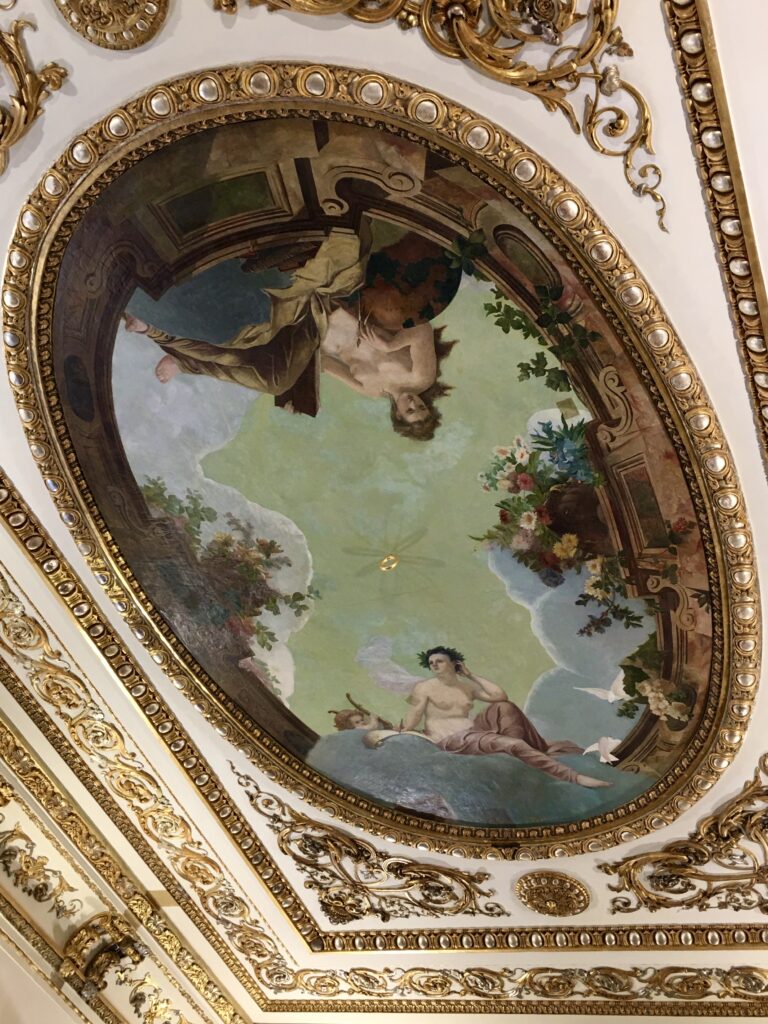
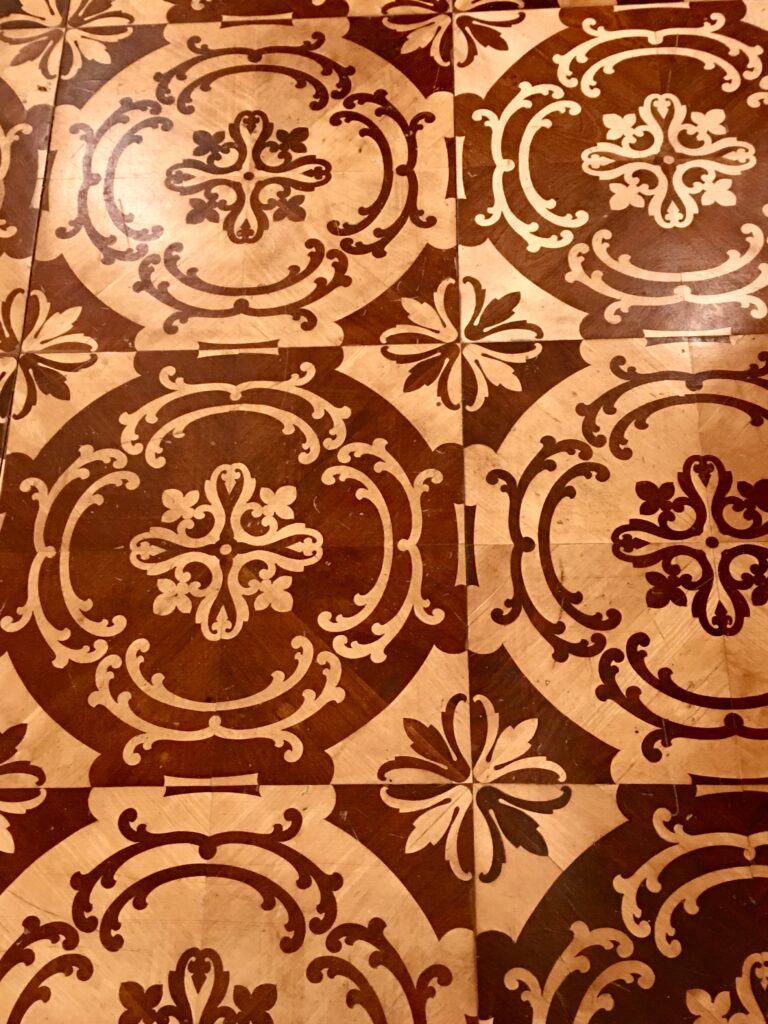
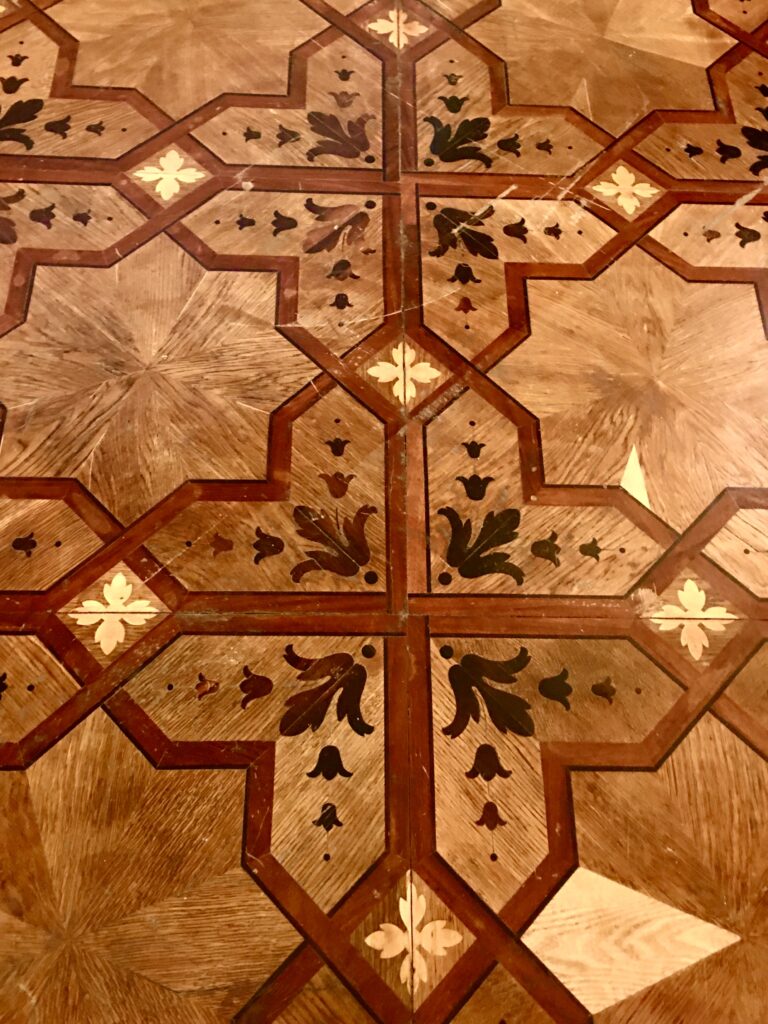
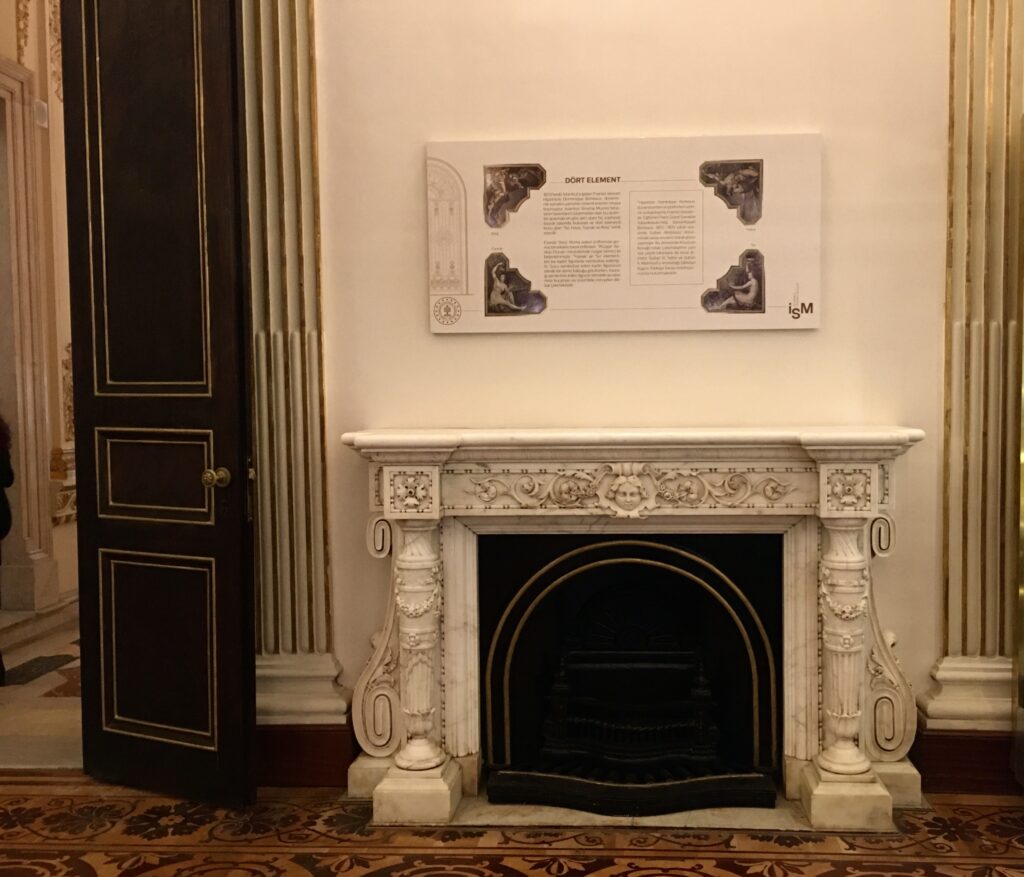
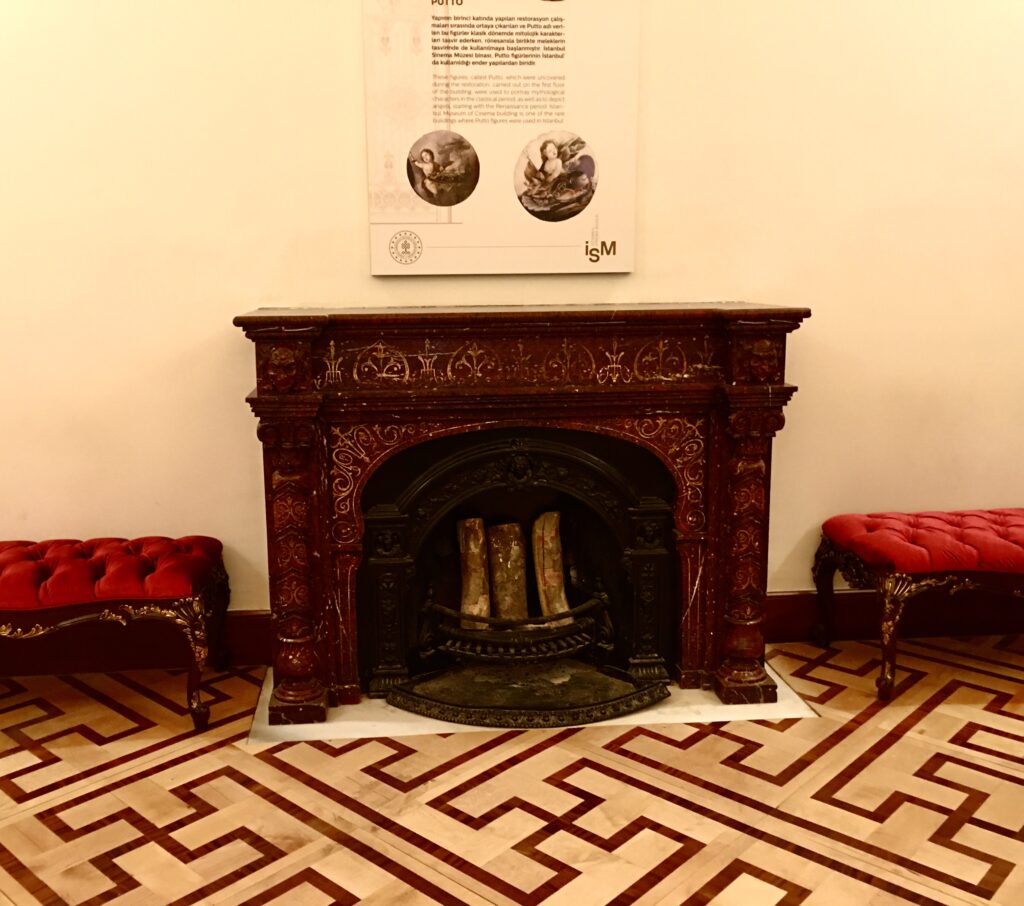
The most majestic ceiling decorations of the mansion are no doubt the frescoes of the grand hall where representations of the four elements; namely, Water, Air, Earth and Fire are illustrated. The frescoes in the middle stand for the spring and summer seasons. Noteworthy are also the beautiful parquet floors and the fireplaces. One of the fireplaces has Gargoyle decorations on either side. Gargoyles, the scary mythological figures or ugly human faces, are thought to be deterrents of ominous spirits and protectors from evil doings since the Middle Ages. There is also an inside fountain in the structure that has neither a tap nor a sprout. This makes it difficult to identify the purpose of the fountain. It is difficult to determine whether it is just an architectural element with a function or a decoration.
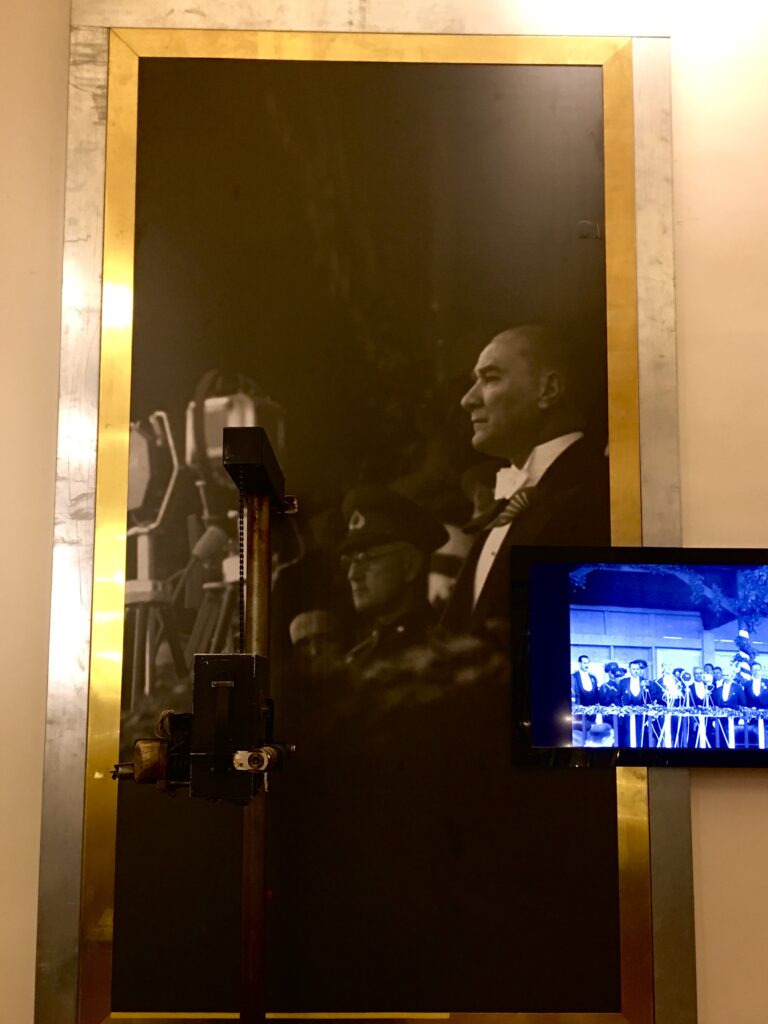
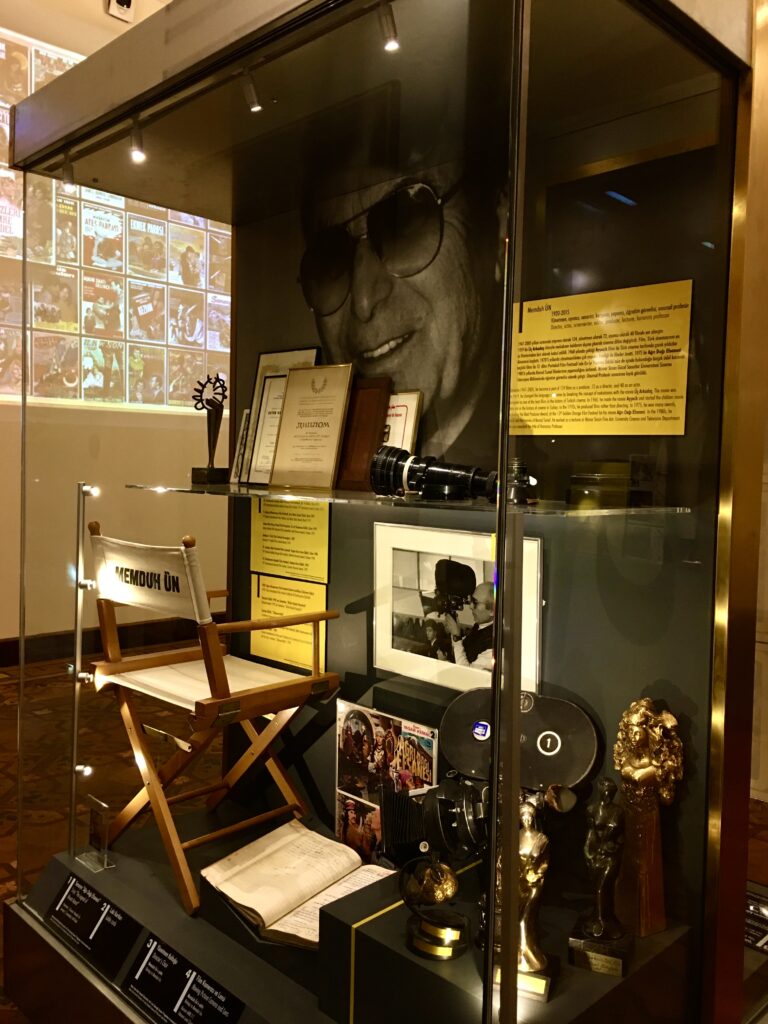
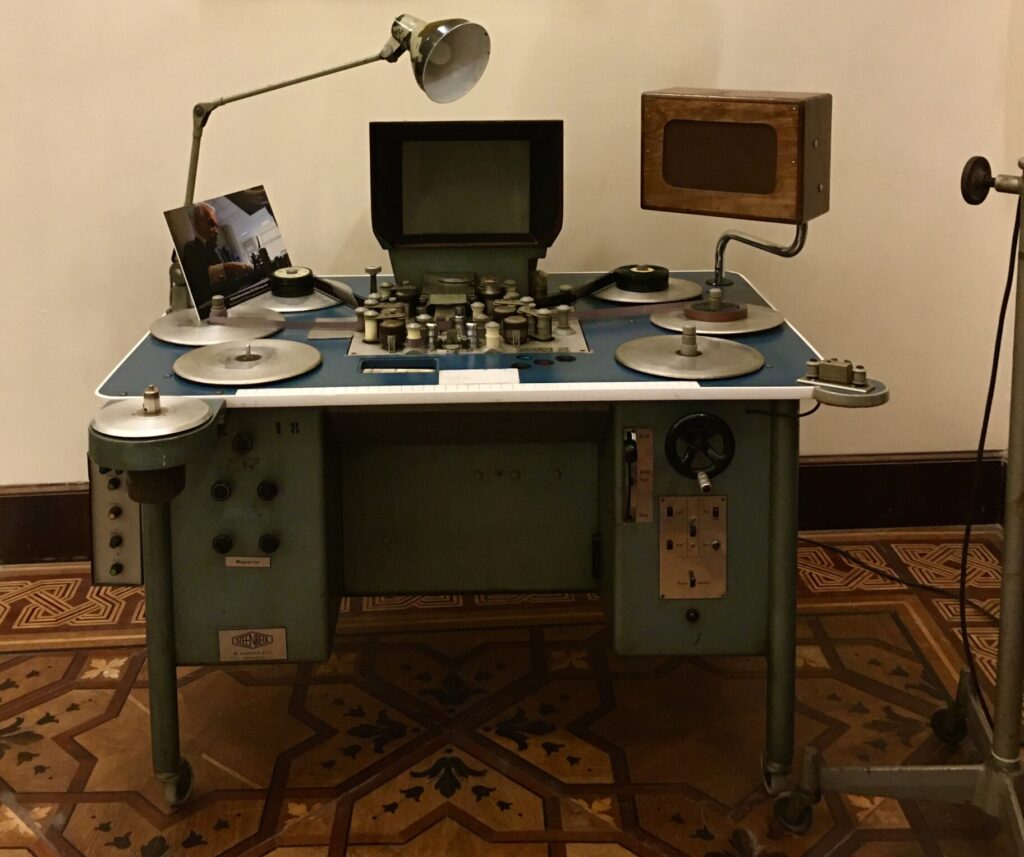
The Istanbul Cinema Museum spreads across the three floors of the Köçeyan Mansion. The first two floors are the permanent museum area while the third floor is reserved for special exhibitions. With 130 permanent items, ICM is regarded as one of the three best cinema museums in the world. The museum’s collection contains historical devices and gear related with the filming industry including the Zoetrop and the Camera Obscura (derived from dark room in Latin), both considered as the forebearers of cinematography. There are also film posters, personal belongings of important Turkish film directors and wax sculptures of famous artists. In addition to these, you can also dive into the first ever “digital memory pool” application of cinema in any museum of its kind, where you will find information about thousands of (both international and national) films, directors, actors, actresses, screen writers and producers. No less will be the fun of taking part in a previously shot film by utilising the green screen technique widely used in the filming industry. The Atlas Cinema, after a complete restoration, continues to operate within the complex under the name Atlas 1948, providing a state-of-the-art film screening to cinema lovers.
